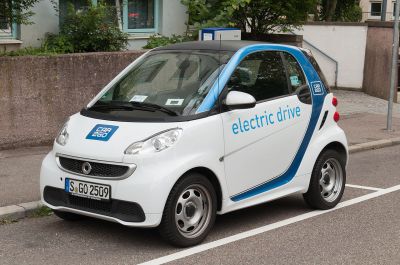In an effort to
reduce noxious emissions and promote energy independence and public
health, high priority is given to move towards the electrification of
road transportation. Despite the multitude of benefits associated with
EVs, some concern has been raised about the possible health effects of
electromagnetic field radiation for people who drive these cars.
To increase public awareness and improve confidence regarding
magnetic fields in fully EVs, researchers initiated the EU-funded
project 'EM safety and hazards mitigation by proper EV design' (EM-SAFETY).
Researchers performed magnetic field measurements on nine different
EVs and three ICE cars. Measurements were taken inside the vehicle by a
developed flexible monitoring platform with sensors on the head, chest
and feet. Results showed that the field intensity was less than 20 % of
the limit recommended by the International Commission on Non-Ionizing
Radiation Protection (ICNIRP). In the case of gas- or petrol-powered
cars, exposure was measured at around 10 % of the limiting value.
Based on the measurements and extensive simulation work, EM-SAFETY
developed low-emission cable, connector and design concepts and
guidelines for minimising magnetic field exposure further. Project
partners implemented these design guidelines and new components in a
newly developed EV in cooperation with another EU project, WIDEMOB.
Another important task was to assess the impact of magnetic exposure
on biological matter. The work progressed with experiments on different
mammalian cell lines by exposing them to low-frequency magnetic fields
under controlled conditions. There was no evidence of any carcinogenic
effect of such magnetic fields, nor were cancer cells found to be
stimulated to grow by the magnetic fields.
EM-SAFETY contributed to the development of a European standard
reference technology platform for EV design that contains architectures,
models, and tools for verification, validation and testing.
Dissemination activities include the project website, a press release,
publications in peer-reviewed journals and workshops.
 EN
EN  CS
CS DE
DE ES
ES FR
FR HU
HU IT
IT PL
PL PT
PT РУ
РУ SK
SK TR
TR УК
УК AR
AR 中文
中文







